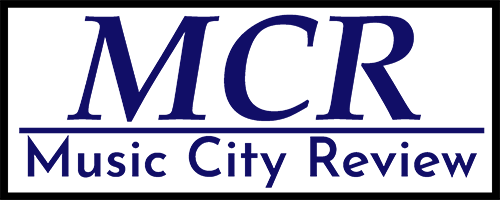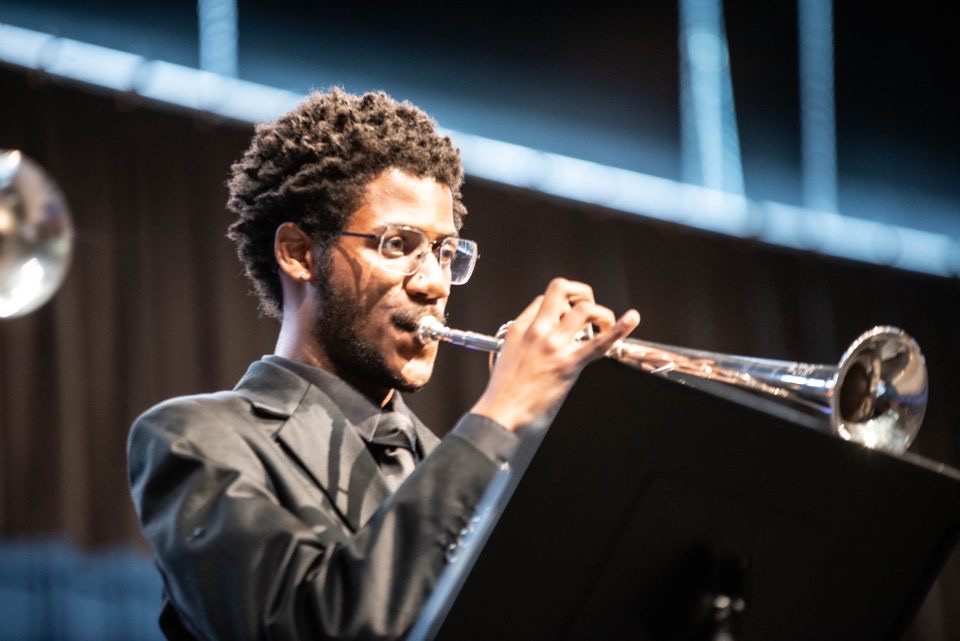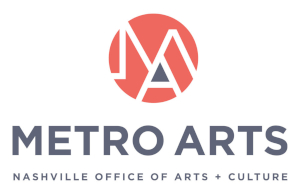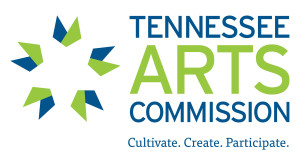An Afternoon of Chamber Music with ALIAS
Versión en español aquí
In the heart of Nashville, between the bustle of honky-tonk bars and party buses, ALIAS, a Nashville-based chamber ensemble, is working to provide a voice for the extensive repertoire of chamber music in multiple ways. Whether it be coaching young high school musicians, founding a love for classical music at elementary schools, or providing a diverse program for formerly incarcerated people, ALIAS knows that the world of classical chamber music deserves a place in our hearts. It was my pleasure to experience their musicianship in concert on March 16th at W.O. Smith Music School.
It was a diverse program, with several string duets, a string quartet, as well as string trio works, ranging from the romantic era to contemporary, with both male and female composers featured. It began with Mary Howe’s Elegy. Written for her son, Elegy is a sweet, but mournful organ work and one of the few organ compositions Howe wrote. ALIAS members Alessandra Volpi (piano), Christopher Stenstrom (cello), and Alison Gooding Hoffman (violin) performed this piece as a piano trio, and it was an incredible beginning to the evening. Volpi’s serious, yet colorful interpretation of the first lines of the piece set a sorrowful canvas, which is only expanded upon by Stenstrom and Hoffman’s playing. The trio continues into the next piece, Saans by Reena Esmail. Stenstrom’s brief introduction of the piece explains that it is based on two Hindustani ragas and was written for the wedding of a close friend. Esmail’s writing effortlessly combines the raga style with the contemporary chamber sound to create a deeply emotional piece of music. It was an incredibly moving performance, where each musician soars, individually, but creates and develops a story of resilience and undisturbed beauty, together.
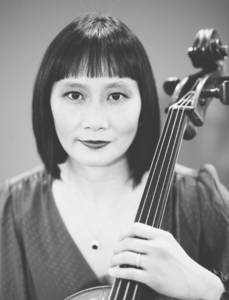
The third piece on the program was Kicho by Astor Piazzolla, performed by Matthew Abramo (bass) and Megan Gale (piano). Piazzolla wrote this work as a tribute to Enrique “Kicho” Díaz, the double bassist of his first Quinteto. A tango, Kicho is full of Argentinean dance rhythms and extended bass techniques – it begins with a bass cadenza! – making for a very enjoyable performance. Abramo’s stellar attention to detail, coupled with Gale’s technique make for moments where each part accentuates the other. Though a lighter work, it showcased the virtuosity that lies in this ensemble extremely well.
My most anticipated performance, Six Winslow Homers for String Quartet by Robert Bennett was the fourth piece on the program. I enjoy listening to string quartets, and when I learned that this work was composed by a local composer (who attended the concert), I was excited to hear it performed! Robert Bennett is a living composer who has had the opportunity to write for different TV series and films. He wrote this piece over a few weeks as a way to reconnect with his classical composition side; it is inspired by six Winslow Homer paintings. This performance included Likai He (violin), Alison Gooding Hoffman (violin), Christopher Lowrey (viola), and Sari Reist (cello). A 6-movement minimalist piece, the quartet illustrates the world of Winslow Homer with often quaint, but impactful themes. He’s effortless playing serves as a powerful lead to the quartet, often the principal guide for interpretation as the 1st violin player. Following this piece was a brief intermission. It was at this point in the concert when I realized how special this ensemble is. These are world-class musicians, many of which have conservatory education, who all chose Nashville as the place to come together and make chamber music. Outside of this ensemble, many perform with different symphonies, namely the Nashville Symphony, so these are people who are active within the local music community.

Mel Bonis’ Cello Sonata in F Major, Op. 67 was the fifth piece on the program. Megan Gale (piano) explains how Melanie “Mel” Bonis was a late-Romantic female composer who wrote under the pen name “Mel” to avoid being identified as a woman and to have her works published. As with most careers, music composition was not considered a suitable endeavor for any woman; Bonis went on to write hundreds of works, though she is not as widely performed as she should be, which is why this performance was important. As a student at the Paris Conservatoire, under the study of Cesar Franck, it is no surprise her writing exudes a rawness that Nicholas Gold (cello) takes total advantage of with his expressive rubato and deliberate articulation. The writing is truly beautiful, and I am glad that I was able to hear such talented musicians perform it.
The final piece on the program was Fantaisie for Violin and Harp Op. 124 by Camille Saint-Saëns. As with any piece that features the harp, Saint-Saëns’ writing is totally luscious, passionate, and carefree, here. Alison Gooding Hoffman (violin) and Licia Jaskunas (harp) are a wonderful duo. Separated into four sections, the work explores differing themes of clarity through its constant shift in mood, tonally and rhythmically. Jaskunas’ arpeggiation and accentuation of the melody compliments the lyrical, sometimes aggressive or ambitious writing in the violin part, before returning to the opening melody and accompaniment at the close of the piece.
It was a fulfilling experience to hear chamber music being performed by such extraordinary musicians, and it is my hope that the music-loving people of Nashville will attend ALIAS concerts, in the future. Thank you, ALIAS, for the wonderful concert!
